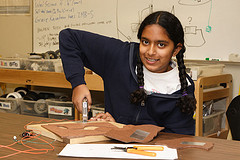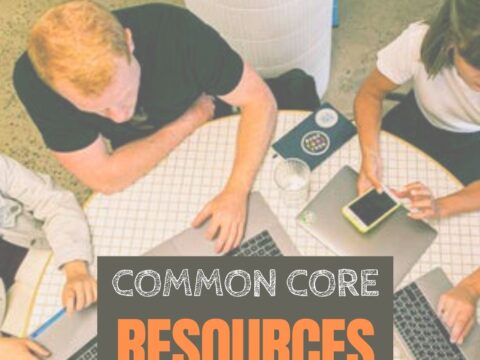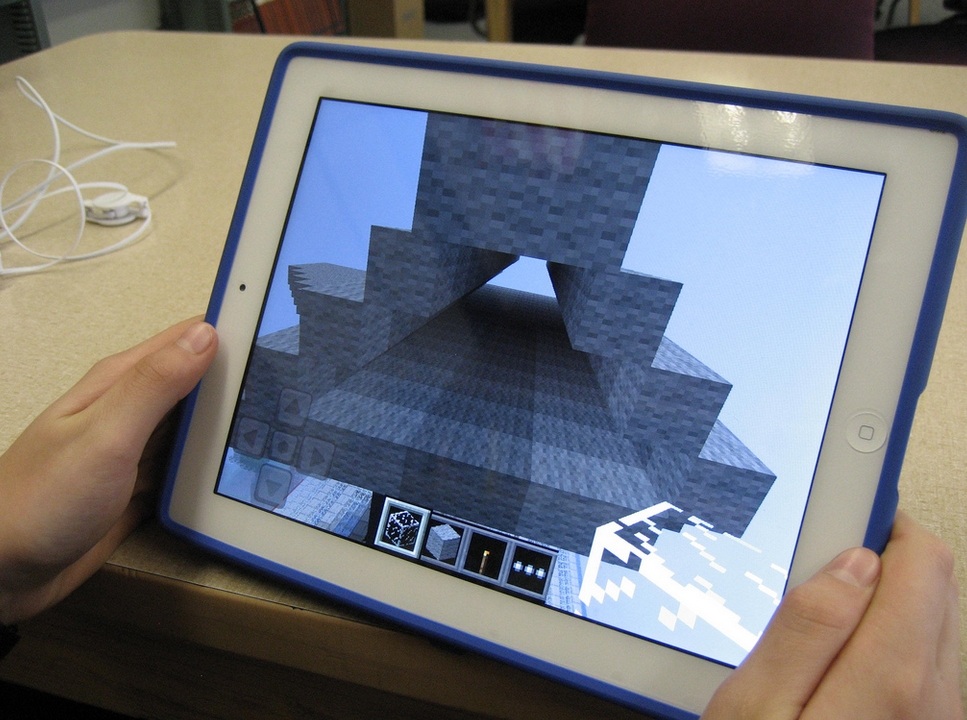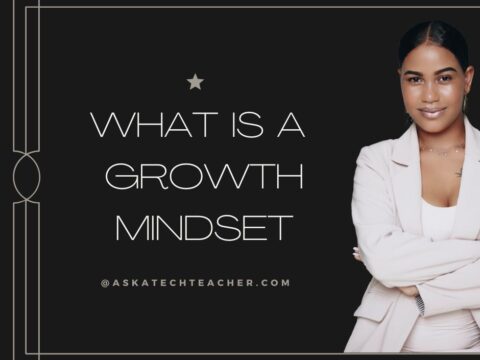 Eduporium‘s Andy Larmand is the newest contributor to Ask a Tech Teacher. He graduated from Suffolk University with a Bachelor’s degree in Print Journalism. His knowledge of and interest in both the EdTech world and the importance of a STEM education highlight the importance of inquiry-based education, DIY cultures and technology for enhanced learning as crucial 21st century activities. Here are his thoughts on ‘the Maker Movement’:
Eduporium‘s Andy Larmand is the newest contributor to Ask a Tech Teacher. He graduated from Suffolk University with a Bachelor’s degree in Print Journalism. His knowledge of and interest in both the EdTech world and the importance of a STEM education highlight the importance of inquiry-based education, DIY cultures and technology for enhanced learning as crucial 21st century activities. Here are his thoughts on ‘the Maker Movement’:
With so much of the emphasis in today’s education world focusing on the need for education reform, it can be easy to forget just what this means. True, it has long since been time to transform the classroom from a boring place of black and white textbooks to a virtual experience filled with 21st century tools and projects. Education used to be thought of as the 8-2 in a child’s day with maybe an hour or so of homework. Now, because of modern educational technology and the emergence of afterschool clubs and supplemental activities, the demand for acquiring a full-circle education is able to be met for students everywhere.
Any room in the school can be transformed into a legitimate spot for an innovative makerspace and the implications of student-made projects foster great power, complexity and creative play in each of them. Like all STEM-focused areas of education, the Maker Movement is an extremely useful method for advancing child education due to some of the skills it promotes and develops. The inclusive environment that makerspaces provide results in a sense of community for participating students and functions as a safe place for gathering feedback.
Children are naturally curious and since the Maker Movement supports a “learn by doing” model, its implementation in schools not only introduces students to modern and important technologies, but it also helps to develop their curiosity and question asking as well. Students in many schools are now routinely engaged in constructing robotic-based equipment that works with devices like Raspberry Pi and, in so doing, are truly exemplifying what it means to be living as a creative 21st century learner.
Through the Maker Movement, students become fully capable of learning modern technical skills not from mundane instruction but from experimenting and tinkering in a learning-conducive environment. Makerspaces energetically ignite children’s brains and stimulate areas of interest and curiosity that they generally are not accessing during time spent in traditional lecture-type environments. With our entry into the 21st century has come the emergence of baffling, realistic and new technologies, including lifelike robots, 3D printers and hundreds of other educational tools. Not only are students participating, they are learning to teach and share skills collaboratively with others while building a stronger learning community.
Children are able to learn to build their own robots – something that has been proven to develop their problem-solving and teamwork skills much better than outdated classroom concepts. Even something as simple as designing their own unique robot will flip a switch in a child’s brain and naturally encourage them to find a creative, interactive and collaborative way to complete their work. Implementing makerspaces in schools sets participating students leaps and bounds ahead of others in the ever-important quest for a true 21st century education because of its hands-on approach to learning and close connection with the real-life problem solving they will need to develop in order to be successful. Interactive designing, building and learning allow students to shape teamwork skills, creativity and leadership skills in a collaborative environment.
The evolution of education and the maturation process of young students are two things that thrive off of supplemental activities. To fully grasp the concepts of 21st century materials, students tremendously benefit from engaging in afterschool activities that encourage invention, such as makerspaces and robotics clubs. It doesn’t take a whole lot of planning to set one up either – heck, a lot of the best makerspaces are informal and unofficial small-group meetings after school or during lunch when students can simply be found tinkering with technology or testing out new tools with their teachers. The informality can be seen as beneficial because the students are still using a lot of the same materials, tools and collaboration, but the pressure that comes with preparing for competitions or trying to construct an A+ project is erased.
Once you’ve made the decision to get a makerspace started and organized at your school, there are a few different options for areas of focus. A lot of the more formal makerspaces run in sessions, so you could spend the first eight weeks on robotics, the next eight on learning how to code and then the final eight on design thinking – just examples, they don’t need to be these three areas or even have a time limit. Many makerspaces feature regular use of 3D printers that allow children to print and construct their own projects and they are great for strengthening team-building skills as well. Oftentimes, and this is great news for educators, technology companies or local businesses have been known to contribute funds to help get school makerspaces started. Whether it is funding for materials, the search for technology or polishing up an area for work to be done, these companies do get excited to help kids they believe could end up working for them in the future.
While the general goal of all afterschool robotics clubs or makerspaces is to provide a safe environment for kids to explore new projects and ideas and then construct solutions themselves, there are several other smaller goals that innovators engaged in makerspaces should be chasing. They’re all about inspiring creative ideas in students and having them learn how to execute them. One way to accomplish this is to gather ideas from everyone by employing group brainstorm techniques to create new and, more importantly, worthwhile ideas that feature all kinds of concepts. Once students compile new ideas and test them in practice, they will begin to elaborate, refine, communicate, develop and implement those ideas in new ways as well as learn to explain them to others in the group.
Makerspaces also encourage students to be more open to new ideas and different perspectives and how to properly respond to them by incorporating group-generated feedback into execution of the final project. These students will also learn to demonstrate their originality and will not shy away from offering new ideas while also beginning to understand the real-world implications, limits and possibilities of adopting new and innovative ideas. Perhaps most importantly, there is no wrong way in a makerspace – failure is seen as just another opportunity to learn. Once children implement their innovations and act on their creative ideas, they will realize the legitimate contribution they have made and, most importantly, fostered the STEM wiring that’s present in their brains.
To put it simply, this may be as close to a perfect mix between play and learning that there is to offer to children today to prepare their budding minds for the future that is happening now. The Maker Movement has the potential, if employed correctly, to transform the classroom into a true 21st century learning environment even after the final bell has rung. Thanks to innovative technology and the versatility of makerspaces allowing them to pop up anywhere on campus, supplemental educational activities can be happening all throughout the day and all throughout the year.
You can find more of Andy’s writing at the Eduporium website. The focus at Eduporium:
“work closely with the most important people in our children’s lives, such as parents, teachers, and school administrators, to bring good technology into the hands of every child.”
Jacqui Murray has been teaching K-18 technology for 30 years. She is the editor/author of over a hundred tech ed resources including a K-12 technology curriculum, K-8 keyboard curriculum, K-8 Digital Citizenship curriculum. She is an adjunct professor in tech ed, Master Teacher, webmaster for four blogs, an Amazon Vine Voice, CSTA presentation reviewer, freelance journalist on tech ed topics, contributor to NEA Today, and author of the tech thrillers, To Hunt a Sub and Twenty-four Days. You can find her resources at Structured Learning.




































